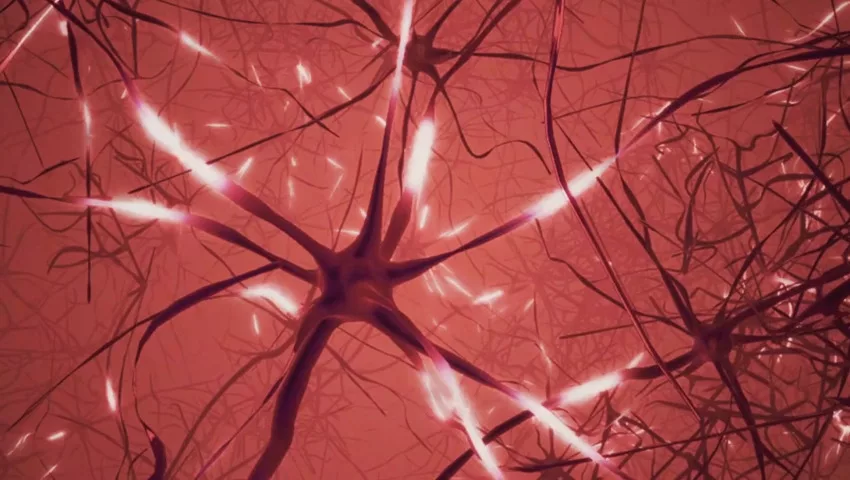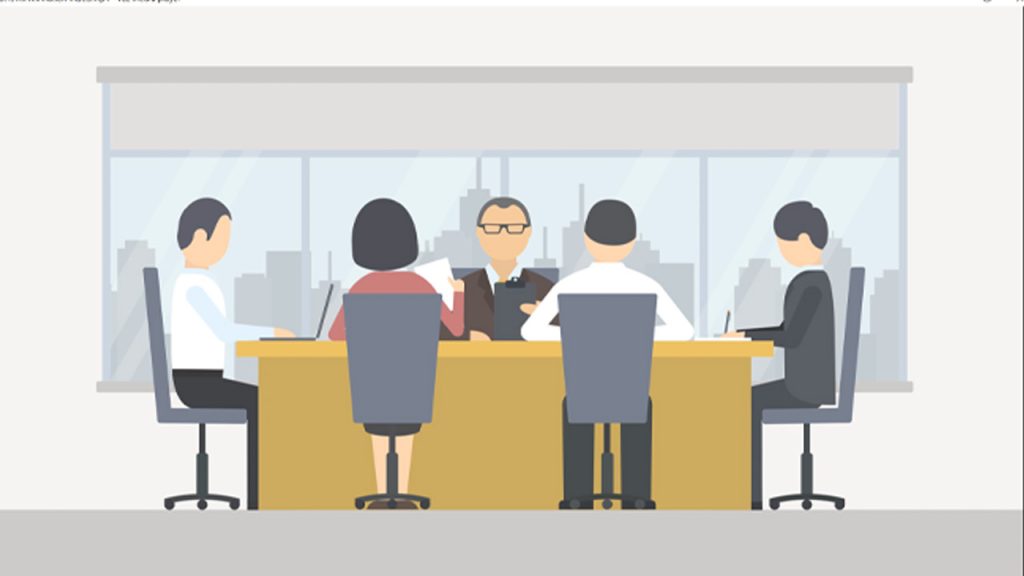The Magic of Visual Effects in Video Production
What is a client story video? Visual and special effects can help companies tell an engaging and better story. Ultimately, special effects (SFX) are tricks of the eye or illusions used to simulate imagined events within a story or world. They are powerful storytelling tools and are used in theater, television, film, and video games. Then, you have visual effects (VFX). This is one method used to enhance reality by incorporating and creating visual elements into your live-actin footage. These digital effects help filmmakers do near-impossible things, breaking physics rules or making up new worlds or creatures. Both visual and special effects are used to add clarity and set the mood while improving excitement. Learn more with Mosaic Media Films – Austin Video Production Company about the magic of them in production and video. Advantages of Visual and Special Effects in Production Visual and special effects are pretty versatile, and they offer benefits for all types of videos, including stylized live-action and CGI projects. Here are some of the ways that visual and special effects could impact your video productions: Memorability and Entertainment Visual and special effects are practical and efficient because they help create emotional and visual stimulation for the viewer. Here are some statistics to consider: The human brain processes the images it gets 60,000 times faster than text. Plus, people can hold onto about 80 percent of the visual information they get (which drops to 20 percent for text-style data). Visual information takes up roughly 90 percent of all information sent to the brain. Ultimately, animation and visual effects can: Put the audience at ease as childhood associations make it more easily digested. Animation and visual effects could transform your unattractive topics into appealing messages. Showcase Your Product and Generate Buzz Animation helps you showcase and visualize products for your potential investors before they fully invest in the production. Likewise, animation lets you do things that traditional shooting techniques don’t allow. Plus, when you use animation and visual effects, you can: Insert elements into the footage that can be updated or altered (think screen replacements). Save money on location shooting and talent. Reinforce Your Brand Identity You can reinforce brand recognition using visual effects because the characters, shapes, and colors are consistent with your company. This will solidify your messaging and tone with a broader audience. Hiring a professional video production company, can really help you boost your brand identity. Polish Post-production with Error Removal and Clean-Up The effects people don’t notice are more impressive than the in-your-face options, which is the usual style for visual effects. Ultimately, invisible visual effects are subtle, such as polishing a product or fixing blemishes. However, they can be dramatic, including turning winter into spring and day into night. Overall, invisible effects ensure that your content is mistake-free and polished. Highlight Actions or Moments in Time People often choose to highlight specific actions or moments in time. You rarely see the transformation of time because it moves so slowly. Therefore, unfilmable and imperceptible events seem like nothing. However, space is another issue. Changing the camera’s angle can help you slow down the events while moving around at a more normal pace. Overall, all the actors do what you want, regardless of time. Types of 3D Graphic Design Elements for Motion Picture Footage Most companies add visual interest to their footage by using 3D graphic elements. These include: Matte Painting Seeing a painted representation of a set, landscape, or distant location helps filmmakers create the illusion of a nonexistent environment. Even if it’s there in real life, they don’t have to build or visit it to put it in the film, making it less expensive. Match Moving Match-moving is a cinematic technique that lets you insert computer graphics into your live-action footage with the correct position, orientation, scale, and motion relative to your photographed objects within the shot. Rotoscoping – An Animation Technique Rotoscoping is where the motion picture footage gets traced over frame by frame, which creates realistic movements. It was used in many of the classic Disney films, such as Alice in Wonderland and Snow White and the Seven Dwarfs. Modern examples using rotoscoping include A Scanner Darkly and Waking Life. Keying (Compositing) This is a compositing technique that puts two frame images together into one. Practical Effects Video makers use practical effects to offer a sense of atmosphere, environment, and space. Examples can include custom-built house sets, textured backdrops and lighting, and smoke. Motion Control Photography This technique is used in motion and still photography. It allows the precise control and repetition of camera movements. Often, it’s used to help with special effects photography. Digital Doppelgangers With this technique, multiple digital images of the actor are put into one frame. Types of Visual Effects Below, you’ll find a list of visual effects and when they’re used! Practical Effects and Mechanical Effects Mechanical and practical effects within video production are often called physical effects or practicals. They’re usually accomplished on set or in the live-action filming. Ultimately, practical effects are produced using physical mechanisms, so no computer-generated imagery or post-production techniques are used. This includes using scale models, scenery, pyrotechnics, animatronics, mechanized props, and atmospheric effects, such as creating physical wind, snow, fog, rain, and clouds. Fade In/Out Some effects, including fade-ins and outs, were done in-camera. Now, however, they’ve migrated to the post-production time and are done with video editing using computer software. Special Effects Sometimes, “special effects” are synonymously used with “practical effects.” This is different than visual effects, which are often created post-production through computer generation or photographic effects manipulation. Stop-Motion Animation Stop-motion animation is considered the first form of special effects and animation. Ultimately, stop-motion was used for short films. However, it captivated audiences, so filmmakers used it for feature-length films. Live-action and stop-motion compositing featured split-screen mattes. This meant creating masks on the glass to isolate sections from exposure. Likewise, filming was done twice to capture the animation and live action on the same
The Magic of Visual Effects in Video Production Read More »

